Australia’s wet season can turn worksites into a muddy battleground, especially for operators of wheel loaders, front-end loaders, and other earthmoving equipment. Whether you’re in construction, farming, or mining, keeping your heavy machinery in top shape is non-negotiable. Here’s how to tackle the slush and keep your gear running like a champ.
Start with the Basics: Know Your Loader
Before diving into the mud, ask: “What is a loader machine capable of in these conditions?” Check your loader’s manual for wet-weather specs. For example, some wheel loaders for sale in Australia come with enhanced hydraulic systems for slippery terrain.
DJJ Equipment‘s LM Series 3.8-8.2 ton wheel loaders feature reliable hydraulic systems, ensuring smooth operation even on challenging ground conditions, as proven by many Australian farming customers.
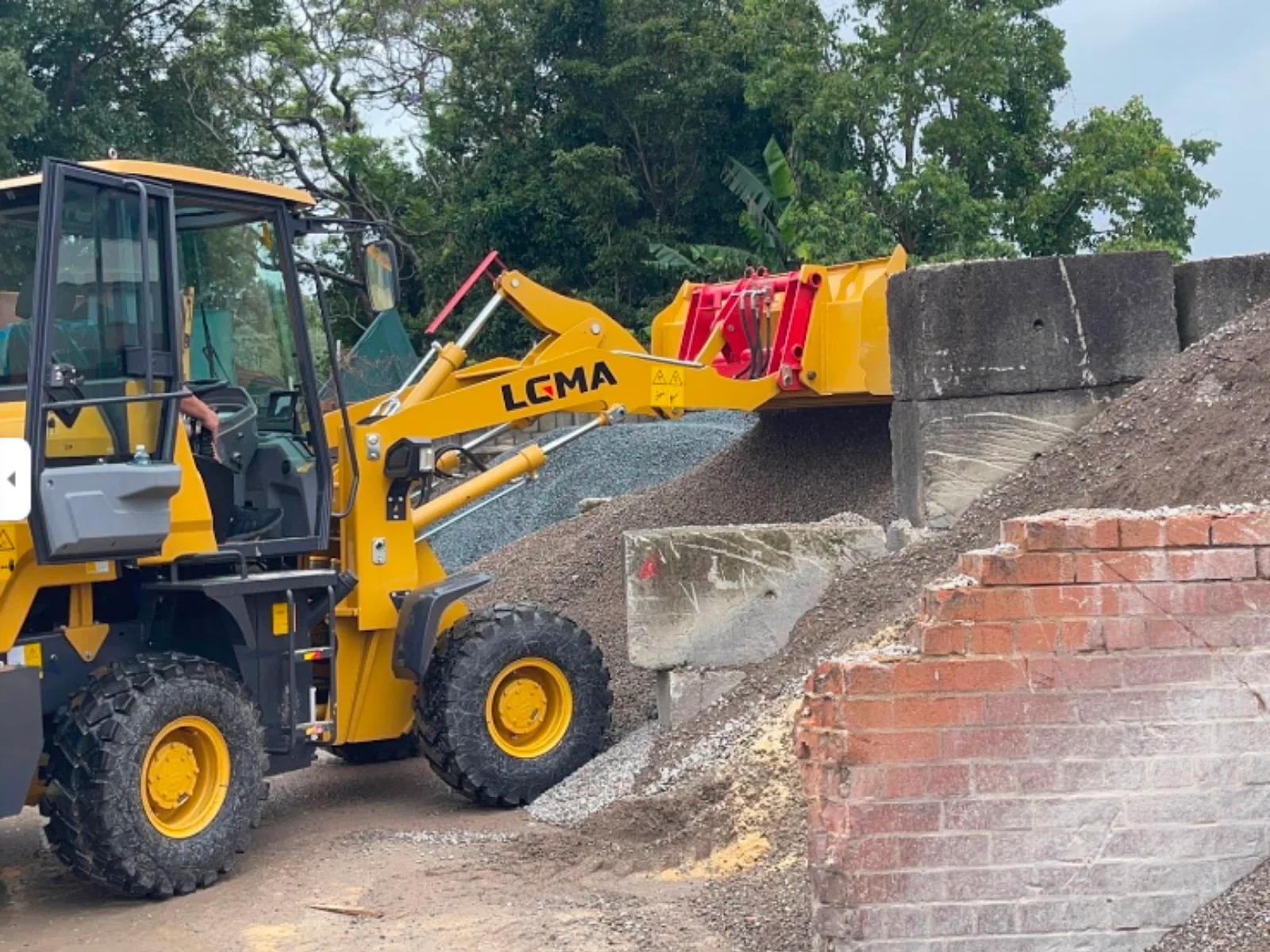
Cleanliness is Key (Yes, Even in the Mud!)
Mud might be unavoidable, but neglect isn’t. After each shift:
- Blast debris from undercarriages and tyres to prevent rust.
- Check drainage holes—clogged ones can trap water and damage electronics.
- Pro tip: A quick rinse with a pressure washer saves hours of repairs later.
Tyres & Attachments: Your Secret Weapons
Not all tyres are created equal. Swap standard treads for mud-specific tyres (wider and deeper grooves = better grip). Pair them with the right bucket or forks—some front-end loader attachments are designed to slice through sludge. Need upgrades? Please check with our sales representatives for available weather-ready add-ons.
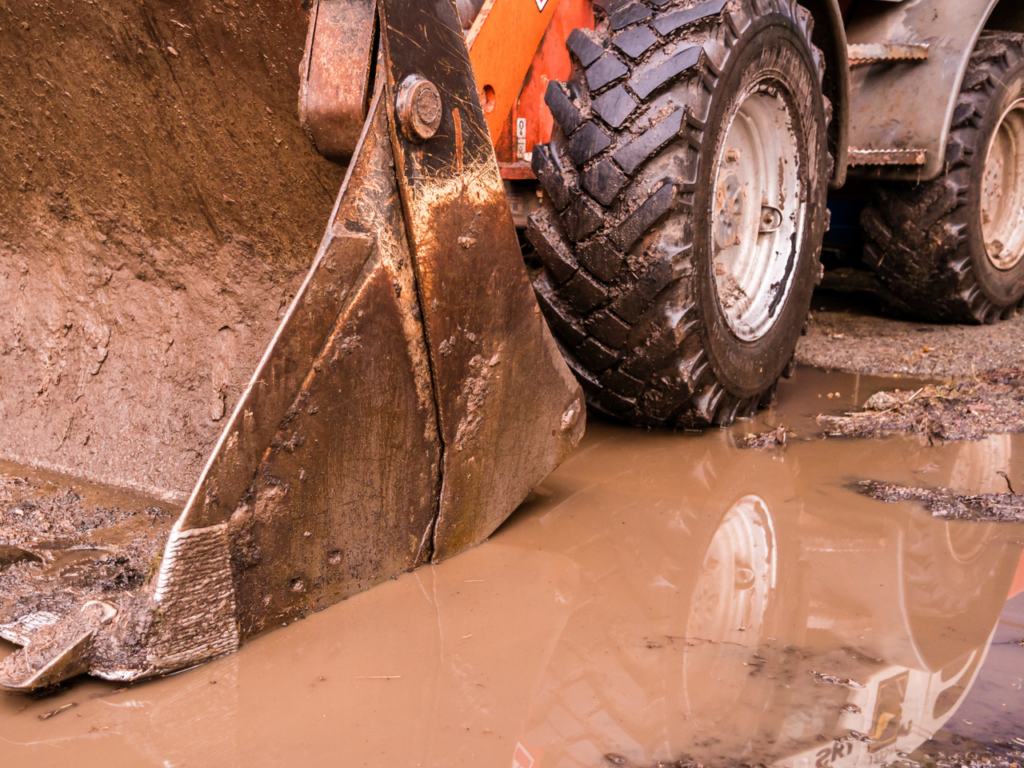
Slow Down, Stay Smart
Rushing in mud is a recipe for disaster. Reduce speed by 20-30% to avoid wheel spin. Plan routes to avoid the soggiest patches, and schedule heavy tasks for drier parts of the day. Remember: A cautious operator saves fuel and repair costs.
Prep for the Worst-Case Scenario
Even with precautions, getting stuck happens. Keep these in your kit:
- Towing straps (rated for heavy machinery weights).
- A shovel and traction mats.
- A weather app that tracks real-time rain (handy for construction sales teams working across regions).
Final Tip: Invest in Reliability
If your current loader struggles in wet conditions, it might be time for an upgrade. Whether you’re exploring farm machinery or specialised construction equipment, prioritise durability over short-term savings. Discover earthmoving equipment built for Aussie conditions—contact our sales team now at 1800 355 388 for a robust, high-traction wheel loader for your site.
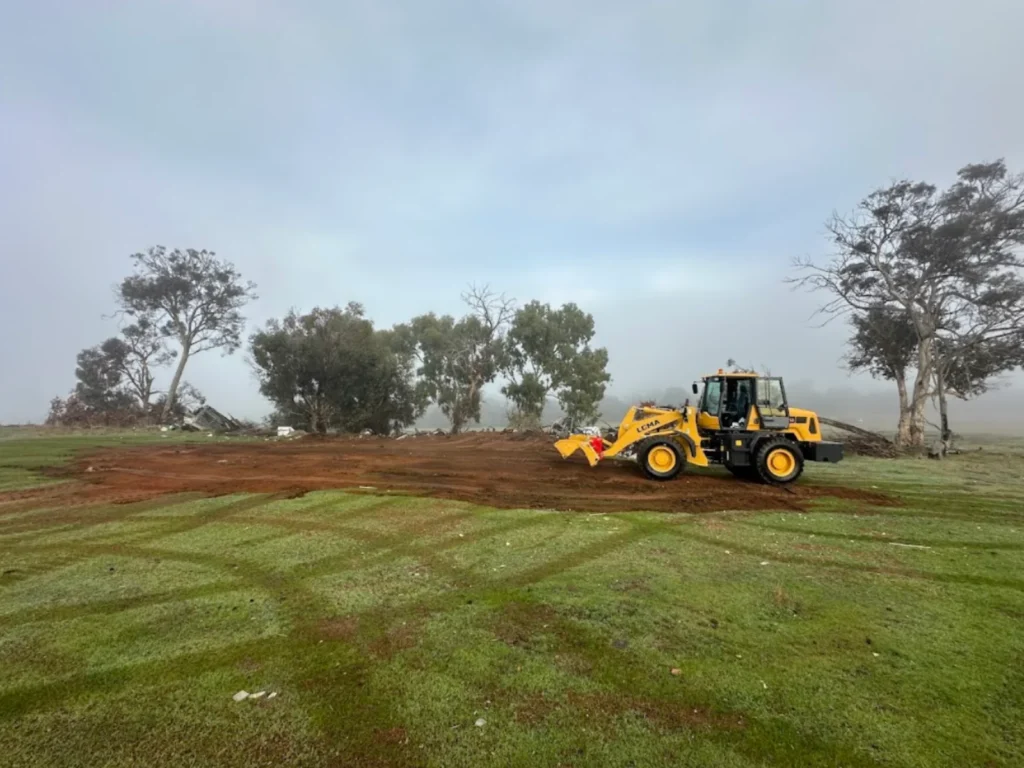
— FAQ —
Never move or swing a load while others are present in the work area. Remove the bucket first if the tractor will be used for tillage. To avoid tipovers, load the bucket evenly and avoid overloading. Avoid exceeding the load limits specified in the operator’s manual.
– Inspect the tires for proper inflation, wear, and damage.
– Check fluid levels, including fuel, hydraulic oil, and coolant.
– Test the brakes, steering, and other controls for proper functionality.
Wheel Loader. Most general contractors put about 1,200-1,500 hours on their wheel loaders each year. A wheel loader’s average lifespan is about 10 years, or 7,000-12,000 hours. If you’re wondering how long your wheel loader will last, take a close look at your operators.
Weekly, or roughly every 100 hours, grease the machine thoroughly at the pivot points, bushing and bearing. Other than additional greasing, weekly maintenance tasks require a deeper dive than daily tasks. See if the electrical connections, cables, and plugs have any issues.
Go into the pile with the bucket flat or parallel to the floor. As your forward progress begins to slow, just before the tires begin to spin, boom up to transfer weight to the front tires. Keep hoisting until the bucket is full, and then tip the bucket back to retain the load.

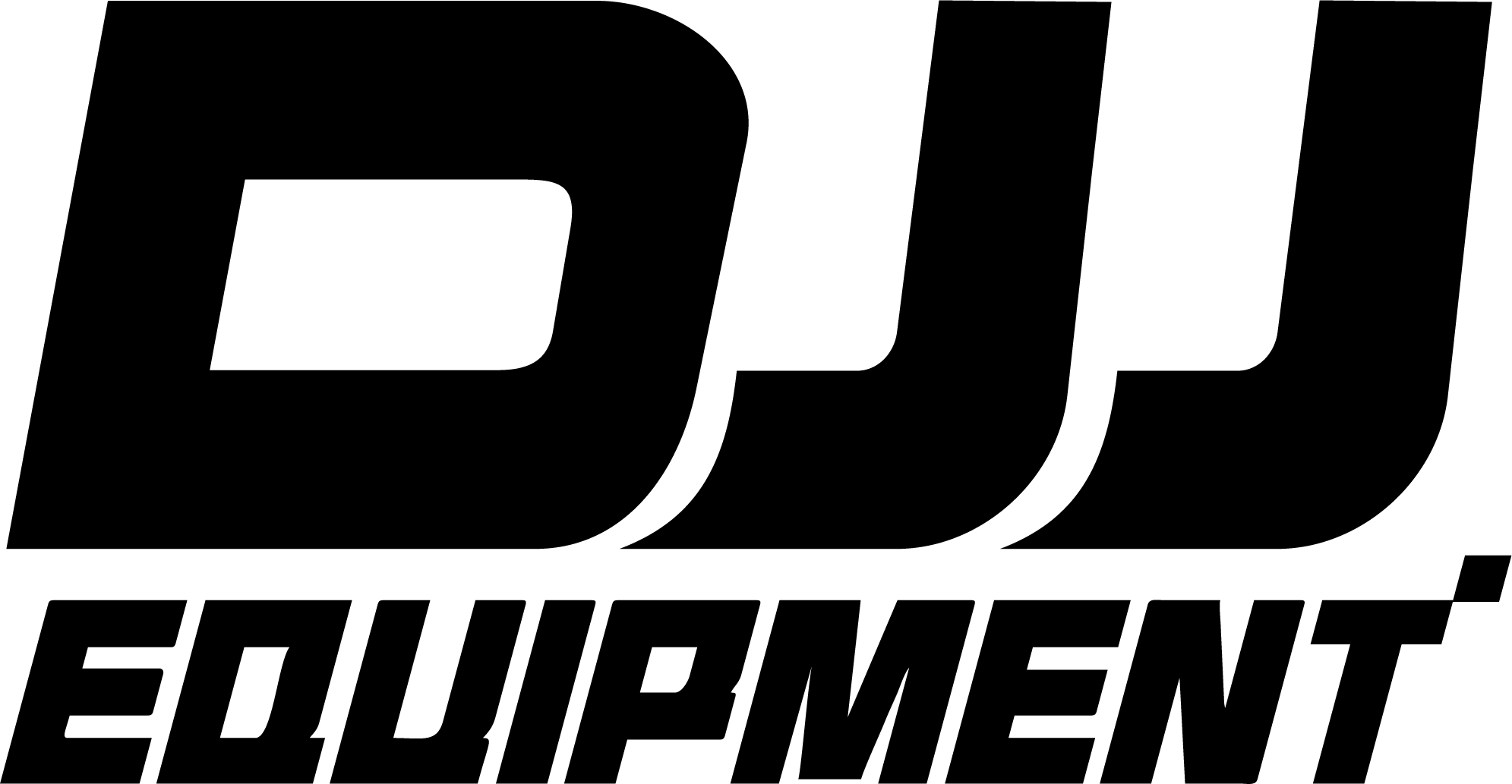
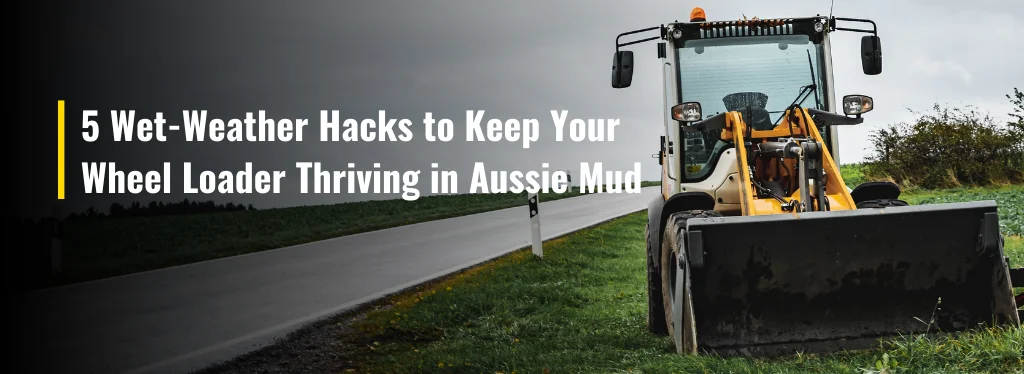
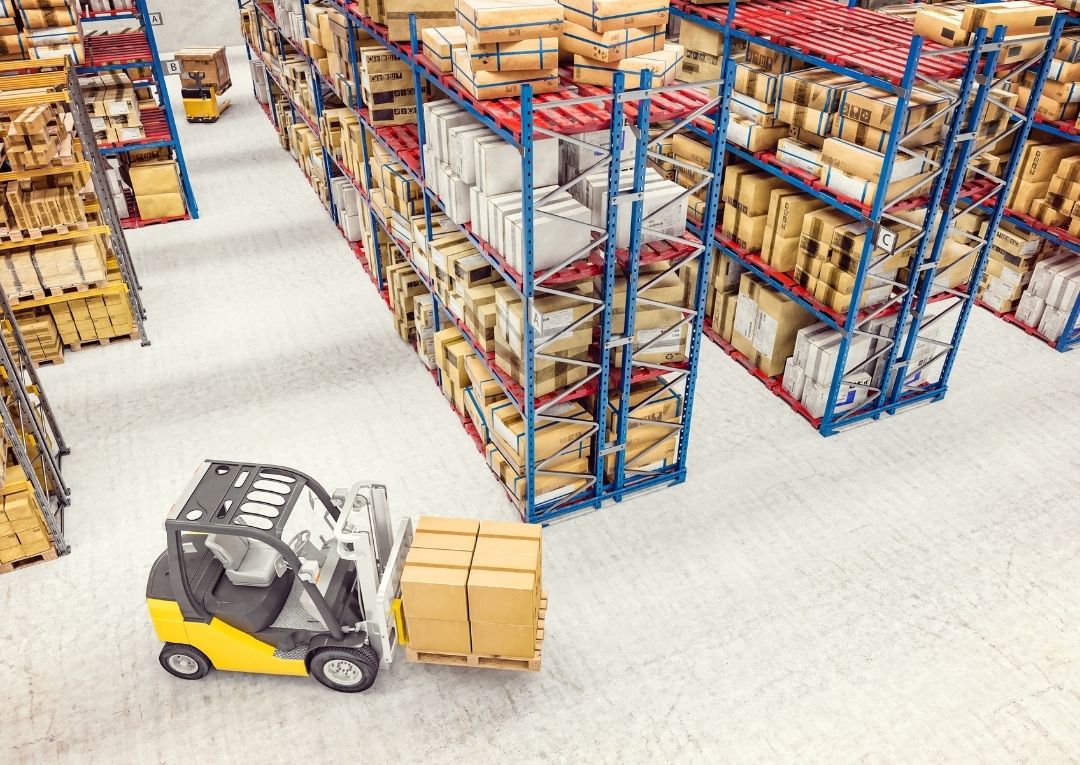
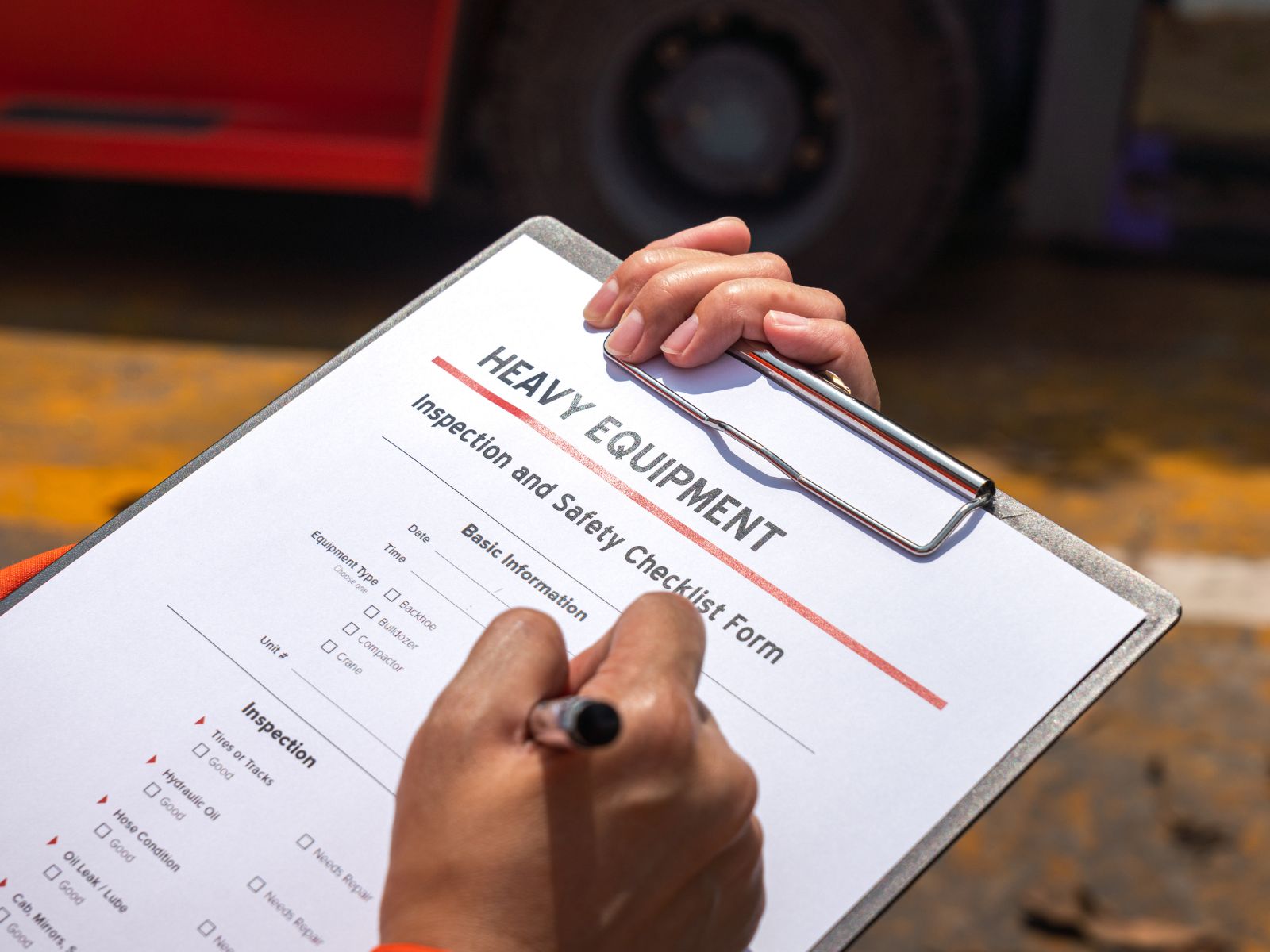

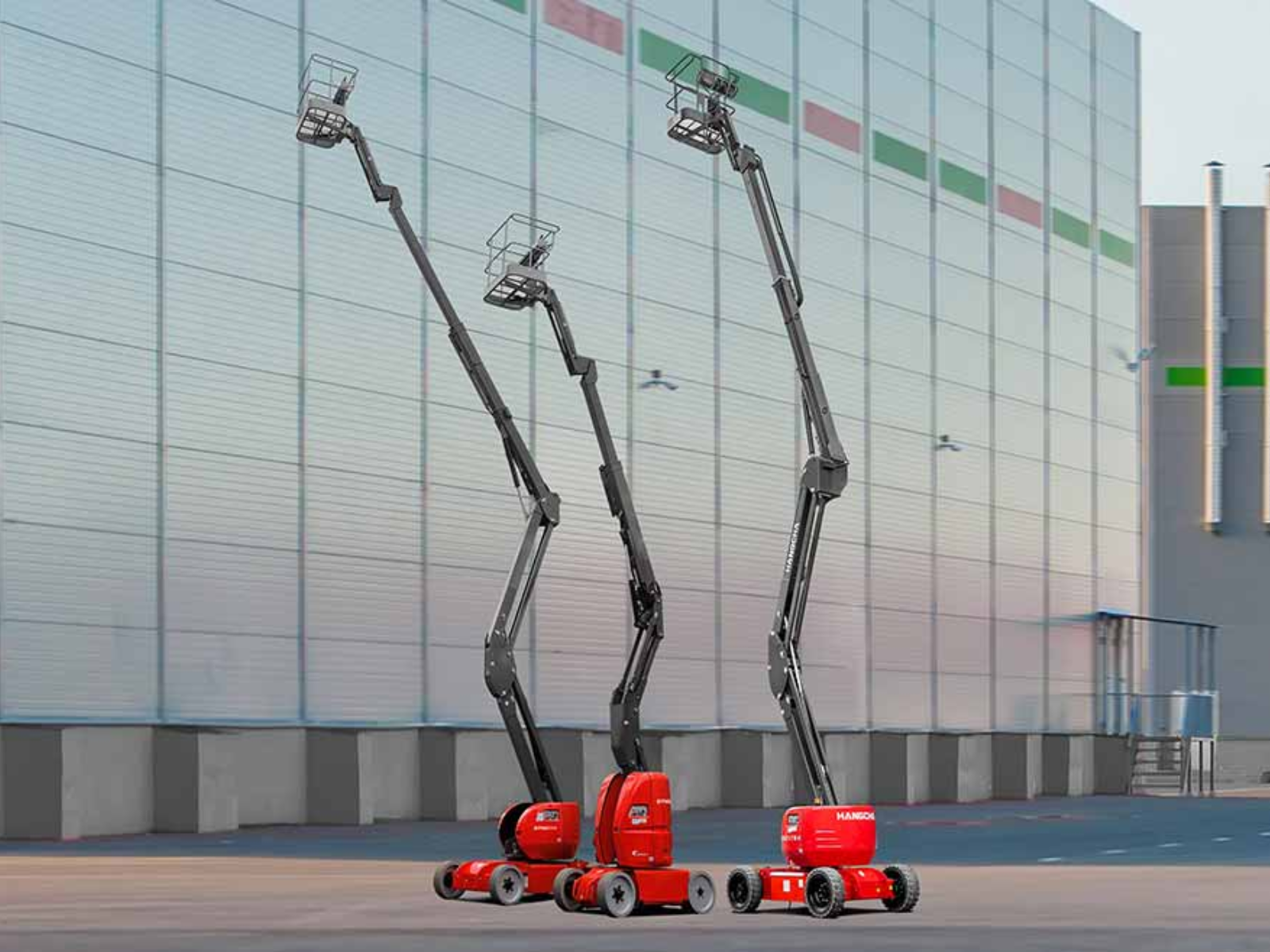
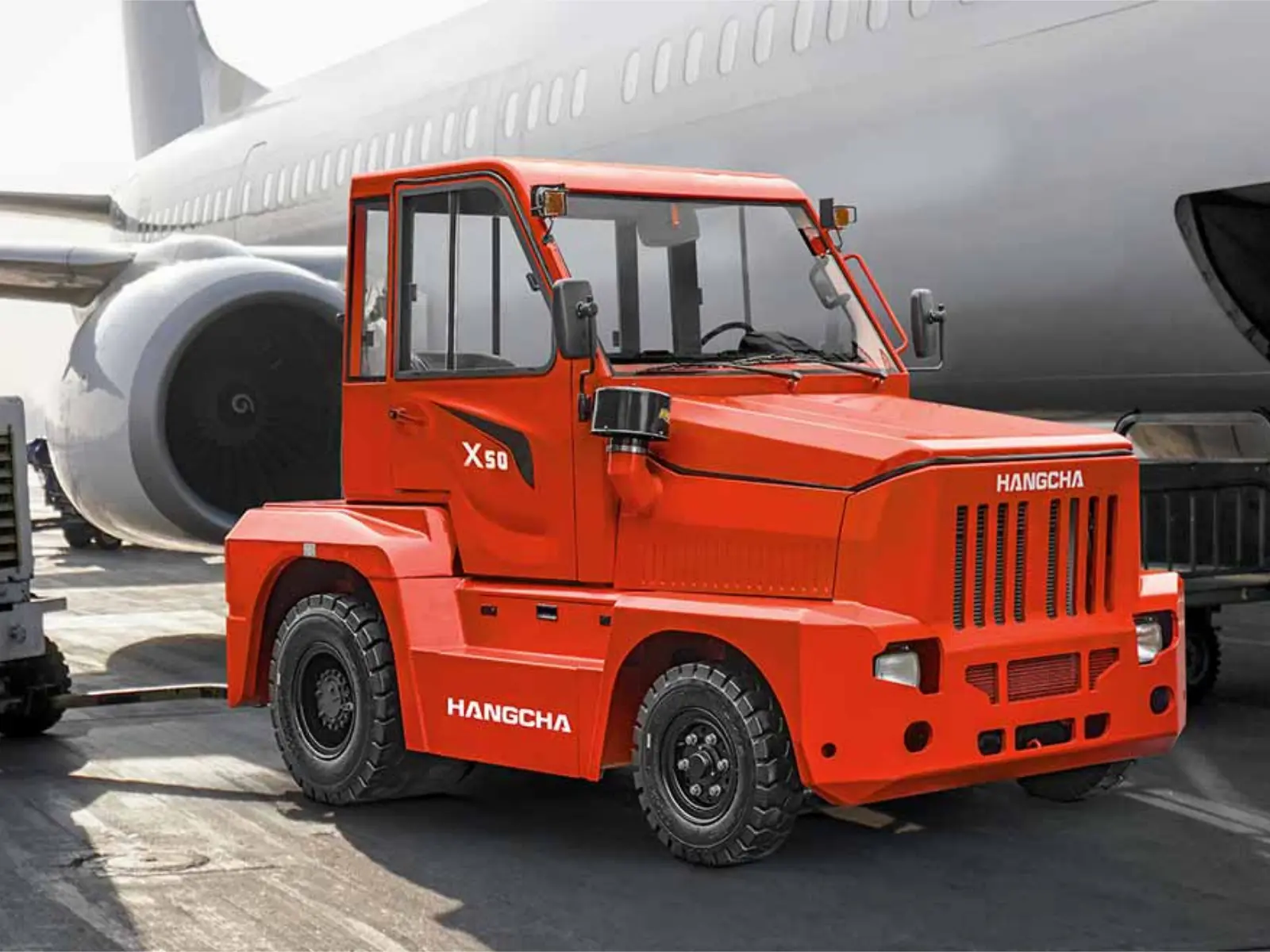
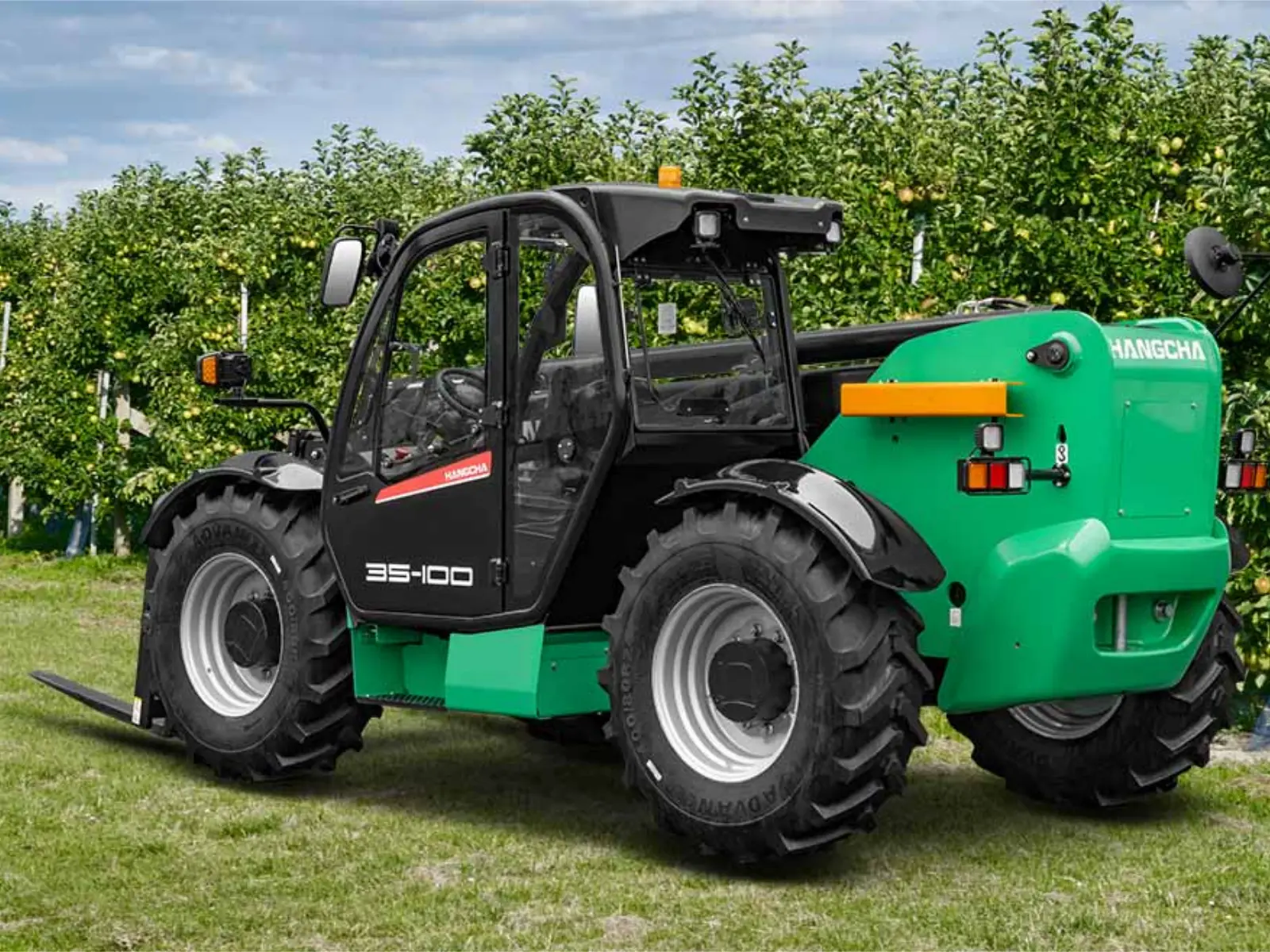
.webp)